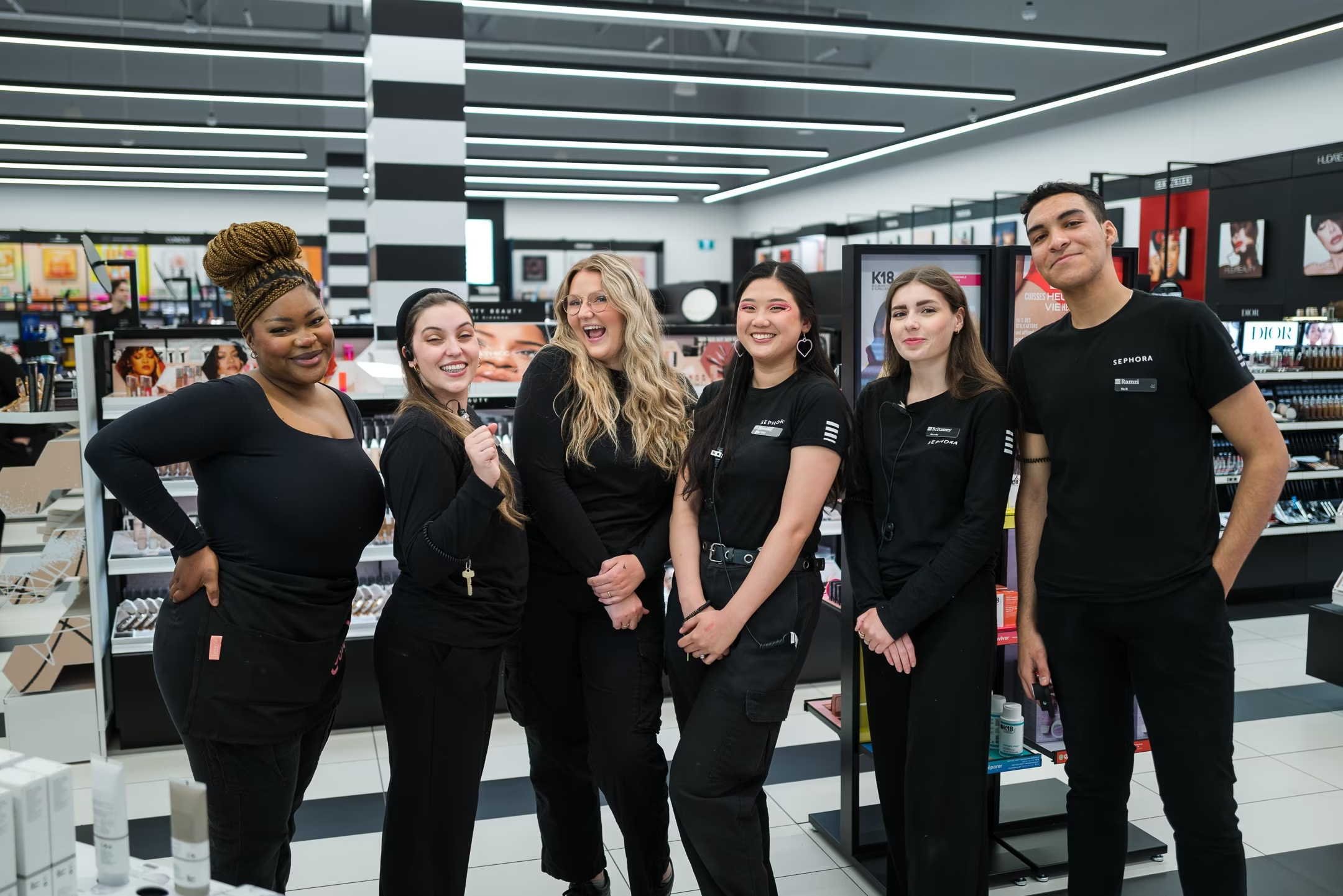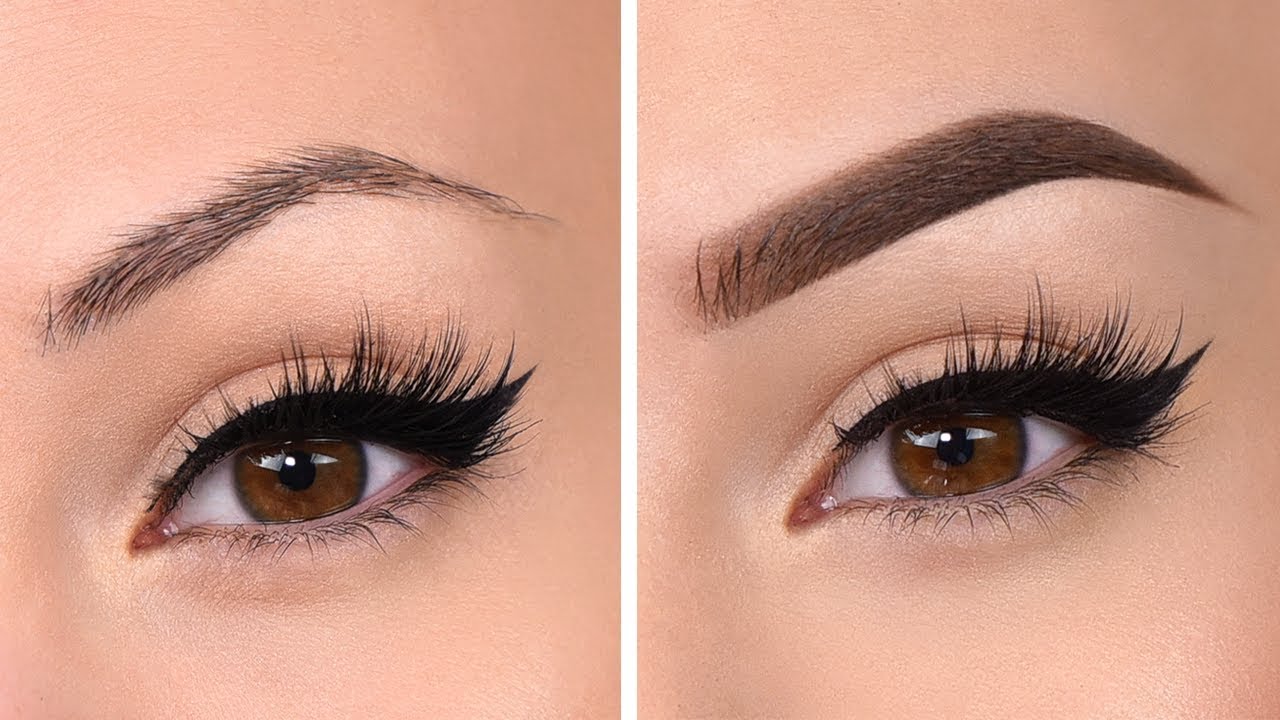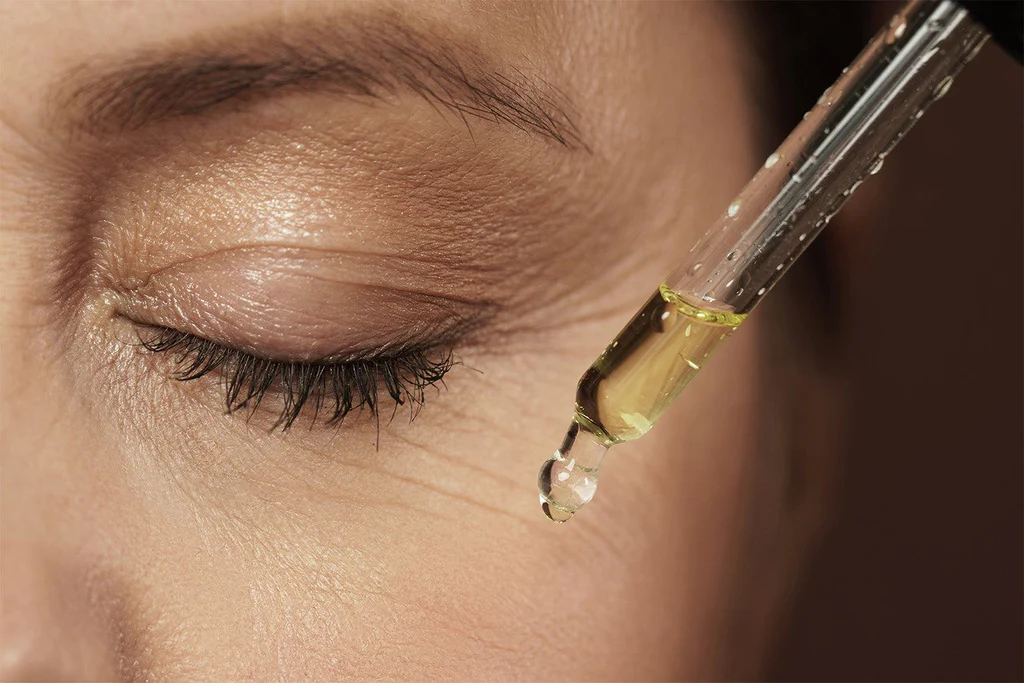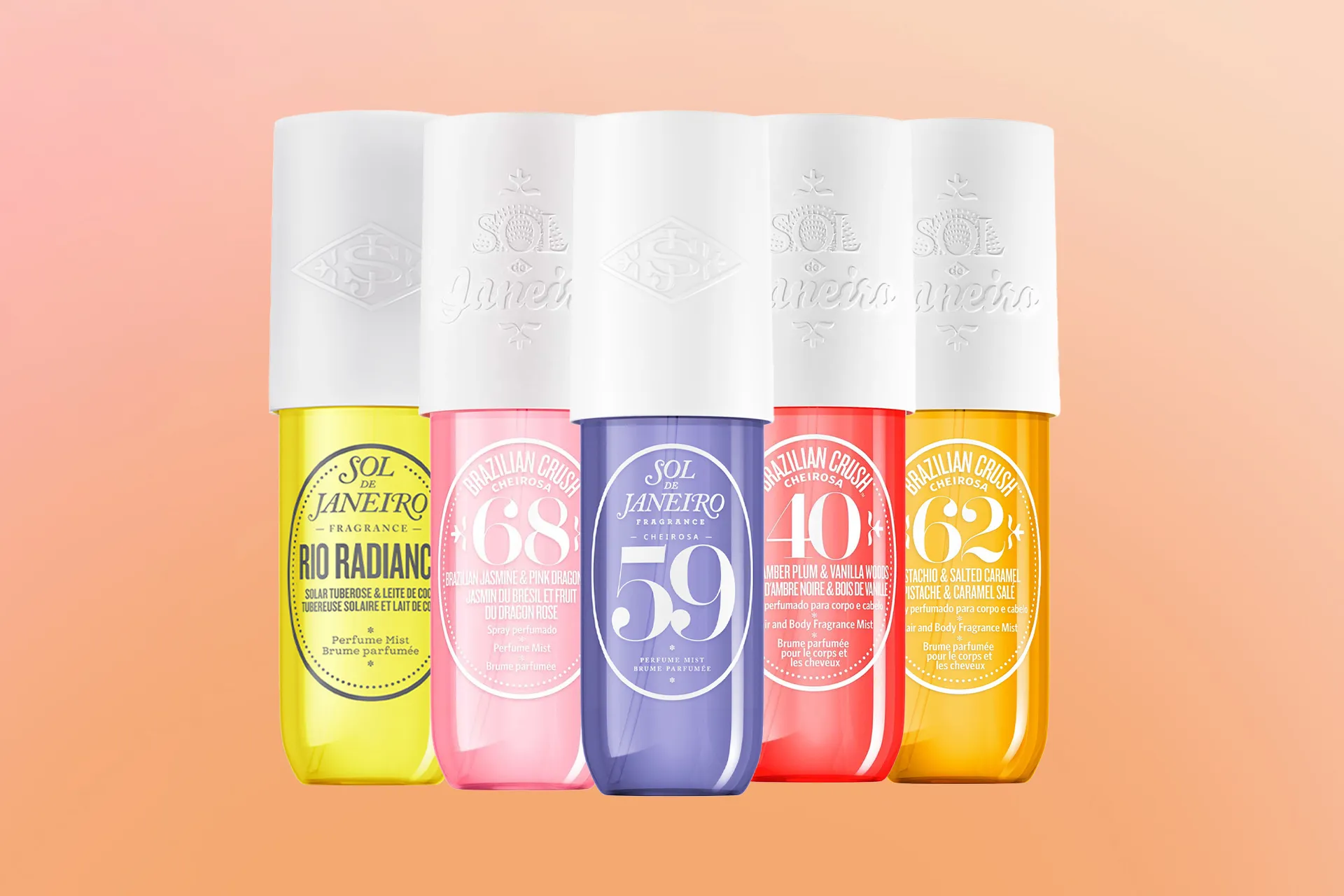
 By
Your Beauty Plug
By
Your Beauty Plug
Glass skin is a term that originated in Korea and describes a complexion that is so smooth, clear, and radiant that it looks like glass. It’s the epitome of healthy and flawless skin, and many people aspire to achieve it. But how do you get glass skin, and what products and steps do you need? In this blog post, we’ll answer all your questions and give you some tips and tricks on how to get that coveted glassy glow.
Glass skin is not a skin type, but rather a skin goal. It’s the result of having skin that is well-hydrated, nourished, and protected from external factors that can cause damage, such as sun exposure, pollution, and stress. Glass skin is characterized by the following features:
Glass skin is not something that you can achieve overnight, or with just one product. It requires a consistent and comprehensive skin care routine, as well as a healthy and balanced lifestyle. It also depends on your skin’s individual needs and preferences, so there is no one-size-fits-all formula for glass skin. However, there are some general guidelines and principles that can help you get closer to your glass skin dreams.
The key to getting glass skin is to follow a skin care regimen that focuses on hydration, exfoliation, and protection. These are the three pillars of glass skin, and they work together to improve your skin’s health and appearance. Here are the essential steps that you should include in your glass skin routine:
The first step to getting glass skin is to cleanse your skin thoroughly and gently. This will remove any dirt, oil, makeup, and impurities that can clog your pores and dull your complexion. Double cleansing is a method that involves using two different types of cleansers: an oil-based cleanser and a water-based cleanser. The oil-based cleanser will dissolve and lift off any oil-based debris, such as sunscreen, makeup, and sebum, while the water-based cleanser will rinse away any water-based residue, such as sweat, dust, and bacteria.
To double cleanse, start by applying an oil-based cleanser to your dry face and massage it in circular motions for about a minute. Then, rinse it off with lukewarm water and pat your face dry. Next, apply a water-based cleanser to your wet face and massage it in circular motions for another minute. Then, rinse it off with lukewarm water and pat your face dry again. You should double cleanse every night, or whenever you wear makeup or sunscreen. In the morning, you can just use a water-based cleanser or skip cleansing altogether if your skin is not too oily or dirty.
Some examples of oil-based cleansers are:
Some examples of water-based cleansers are:
The second step to getting glass skin is to exfoliate your skin regularly. Exfoliating is the process of removing dead skin cells that accumulate on the surface of your skin and cause it to look dull, rough, and uneven. By exfoliating, you can reveal the fresh and smooth skin underneath, as well as improve your skin’s absorption of the products that follow. Exfoliating can also help prevent and treat acne, blackheads, whiteheads, and other skin concerns.
There are two main types of exfoliators: physical and chemical. Physical exfoliators are products that contain small particles or granules that scrub your skin, such as scrubs, peels, or brushes. Chemical exfoliators are products that contain acids or enzymes that dissolve the bonds between dead skin cells, such as toners, serums, or masks. Both types of exfoliators can be effective, but you should choose the one that suits your skin type and sensitivity level. You should also avoid over-exfoliating, as this can cause irritation, inflammation, and damage to your skin barrier. A good rule of thumb is to exfoliate once or twice a week, or as needed.
Some examples of physical exfoliators are:
Some examples of chemical exfoliators are:
The third step to getting glass skin is to tone your skin after cleansing and exfoliating. Toning is the process of balancing your skin’s pH level, which can be disrupted by cleansing and exfoliating. A balanced pH level is important for maintaining your skin’s health and function, as well as preventing bacteria growth and inflammation. Toning can also help hydrate your skin, remove any traces of cleanser or exfoliator, and prepare your skin for the next steps of your routine.
To tone, apply a toner to a cotton pad and gently swipe it over your face and neck, or pour some toner into your palms and pat it onto your skin. You can also use a mist or spray bottle to spritz your toner onto your face. You should tone every time you cleanse or exfoliate your skin, or whenever your skin feels dry or tight.
Some examples of toners are:
The fourth step to getting glass skin is to apply an essence to your skin after toning. Essence is a product that is similar to a toner, but more concentrated and nourishing. Essence is designed to deliver active ingredients deep into your skin, such as antioxidants, vitamins, and peptides, that can target specific skin concerns and improve your skin’s overall health and appearance. Essence can also help hydrate your skin, boost your skin’s natural glow, and enhance the effects of the products that follow.
To apply an essence, pour some essence into your palms and gently press it onto your face and neck, or use a cotton pad and gently swipe it over your skin. You should apply an essence every morning and night, or whenever your skin needs an extra boost of hydration and nutrients.
Some examples of essences are:
The fifth step to getting glass skin is to apply a serum or a face oil to your skin after essence. Serum and face oil are products that are highly concentrated and potent, and they can address specific skin issues and goals, such as brightening, anti-aging, hydrating, or soothing. Serum and face oil can also help lock in the moisture and nutrients from the previous steps, and create a protective layer on your skin to prevent moisture loss and environmental damage.
To apply a serum or a face oil, dispense a few drops of the product onto your fingertips and gently massage it onto your face and neck, or use a dropper and apply the product directly onto your skin. You should apply a serum or a face oil every morning and night, or whenever your skin needs an extra dose of care and treatment.
Some examples of serums are:
Some examples of face oils are:
The sixth step to getting glass skin is to moisturize your skin after serum or face oil. Moisturizing is the process of replenishing and sealing the moisture in your skin, which is essential for keeping your skin hydrated, plump, and smooth. Moisturizing can also help strengthen your skin barrier, which is the outermost layer of your skin that protects it from external aggressors and prevents moisture loss. Moisturizing can also help calm and soothe your skin, and prevent dryness, flakiness, and irritation.
To moisturize, apply a moisturizer to your face and neck and gently massage it in circular motions until it is fully absorbed. You should moisturize every morning and night, or whenever your skin feels dry or tight. You should also choose a moisturizer that suits your skin type and needs, such as a gel, cream, or lotion.
Some examples of moisturizers are:
The seventh and final step to getting glass skin is to apply sunscreen to your skin every morning, or whenever you are exposed to the sun. Sunscreen is the most important product for protecting your skin from the harmful effects of UV rays, such as sunburn, premature aging, hyperpigmentation, and skin cancer. Sunscreen can also help prevent your skin from losing moisture and elasticity, and keep your skin tone even and bright.
To apply sunscreen, apply a generous amount of sunscreen to your face and neck as the last step of your morning routine, or at least 15 minutes before you go outside. You should reapply sunscreen every two hours, or more frequently if you sweat, swim, or towel off. You should also choose a sunscreen that has a broad spectrum protection, which means it can block both UVA and UVB rays, and a sun protection factor (SPF) of at least 30.
Some examples of sunscreens are:
Here are some frequently asked questions and answers about glass skin:
Glass skin is a beautiful and attainable skin goal that anyone can achieve with the right products, steps, and habits. By following a glass skin routine that focuses on hydration, exfoliation, and protection, you can improve your skin’s health and appearance, and get that smooth, clear, and radiant complexion that you’ve always wanted. Remember, glass skin is not a one-time thing, but a lifelong journey, so be patient, consistent, and enjoy the process.




